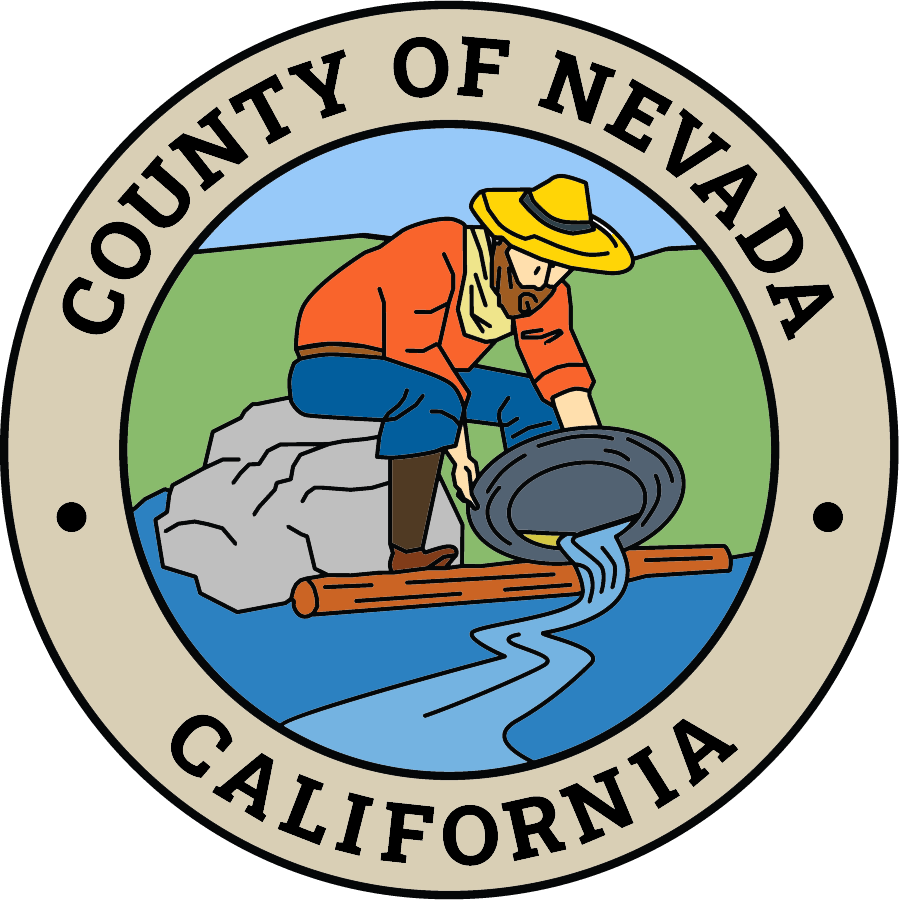Enter a name, company, place or keywords to search across this item. Then click "Search" (or hit Enter).
Collection: Books and Periodicals
The Tertiary Gravels of the Sierra Nevada of California by Waldemar Lindgren (1911) (301 pages)
Copy the Page Text to the Clipboard
Show the Page Image
Show the Image Page Text
More Information About this Image
Get a Citation for Page or Image - Copy to the Clipboard
Go to the Previous Page (or Left Arrow key)
Go to the Next Page (or Right Arrow key)
Page: of 301

36 TERTIARY GRAVELS OF THE SIERRA NEVADA OF CALIFORNIA.
grades of 75 to 100 feet to the mile. The heaviest accumulations of gravels are found near
Placerville. From Pacific, on the boundary line between the Placerville and Pyramid Peak
quadrangles, eastward there are practically no gravels in the deepest depressions. The principal fork followed closely the present South Fork of American River with strong grades up to
160 feet to the mile. This part of the course was in a deep canyon, and where the Pyramid
Peak Range was crossed the slopes to the north rose 3,000 feet within a distance of 3 miles
The headwaters of this branch have been cut by the erosion of upper Truckee River, south of
Lake Tahoe; the sources of this fork were in the Markleeville quadrangle, to the east, but its
course east of the upper Truckee can not be traced with certainty.
A southerly branch, not far distant from the principal fork, can be traced to its actual
source just north of Round Top, a volcanic mountain rising to an elevation of 10,430 feet.
Mokelumne River.—The Tertiary Mokelumne River had a relatively small drainage area;
it emptied into the gulf in the foothills of northern Amador County, which were reduced at this
place to a more level surface, above which the hills rose to heights of not more than 400 feet.
From Plymouth westward the gravels are eroded, except for a few small patches, but above
Plymouth the course is well marked and can be traced upstream in a nearly easterly direction
along the boundary line of the Placerville and Jackson quadrangles; its headwaters are found
near Mokelumne Peak, which attains an elevation of 9,371 feet. Two minor tributaries join
the river from the north, one descending from Grizzly Flat toward Indian Diggings and the
other a few miles farther east by way of Pi Pi Valley and Fort Grizzly. Here again the gravels
in the upper stream courses are thin or absent and the greatest thickness is accumulated near
Oleta, at elevations of about 2,000 feet.
Calaveras River.—The Tertiary Calaveras River formed a stream of — drainage area
than the two just mentioned. Its outlet was at Valley Springs, in a gap between high greenstone
ridges on the north and the conspicuous ranges of the Bear Mountains to the south. West of
Valley Springs the deeper gravels are completely hidden by thick masses of the Ione formation
(Miocene) and overlying Tertiary shore gravels. Upstream the river bent sharply behind the
greenstone ridges and followed for 15 miles a deep depression east of the Bear Mountains by way
of San Andreas and Angels. In this distance the grade is only 28 feet to the mile and the interrhyolitic gravels are in places 200 feet thick. A smaller but rich tributary came down from
the north by way of Jackson and Mokelumne Hill. A second tributary descended from the
north, following the so-called Fort Mountain channel and joining the main stream a few miles
to the south of San Andreas. A short distance to the east of Angels, at Vallecito, thick gravels,
principally rhyolitic, accumulated in a basin inclosed by high bedrock hills. At Vallecito the
Tertiary channel lies about 1,200 feet above the deep canyon of the North Fork of Stanislaus
River. The Tertiary channel crossed this fork and then assumed a general easterly direction.
A short tributary joined it from the south, heading in the deep basin at Columbia, in Tuolumne
County. Above Vallecito the course of the Tertiary river may be traced by means of the
depressions in the volcanic areas, as indicated on the map (PI. I, in pocket), but the channels
contain little or no gravel and are generally barren; the ultimate headwaters lie in the Dardanelles quadrangel and have not been traced.
Cataract River.—During the interandesitic epoch a drainage channel was established for a
short time which followed the slope of the Sierra in a general southwesterly direction across the
’ Big Trees quadrangle from Clover Meadow by way of the Calaveras Grove and Douglas Flat.
It crossed the Tertiary river at Vallecito and the present Stanislaus River has intersected it at
Parrott Ferry. Its further course was by way of Sonora and thence down to its outlet at Knights
Ferry on the Stanislaus, where it crossed the greenstone ridges of the foothills, probably utilizing a part of an older watercourse. With the last andesitic flows this stream and its valley
became obliterated and the present course of the Stanislaus was laid out.
Tuolumne River.—The Tertiary Tuolumne River has been traced only through the Sonora
and Yosemite quadrangles. The first remnant of its gravels is found at Chinese Camp, 8 miles
south of Sonora. Most of its lower course is eroded, but the bedrock relations show that it
must have approximately followed the course of the present Tuolumne River. In this latitude



